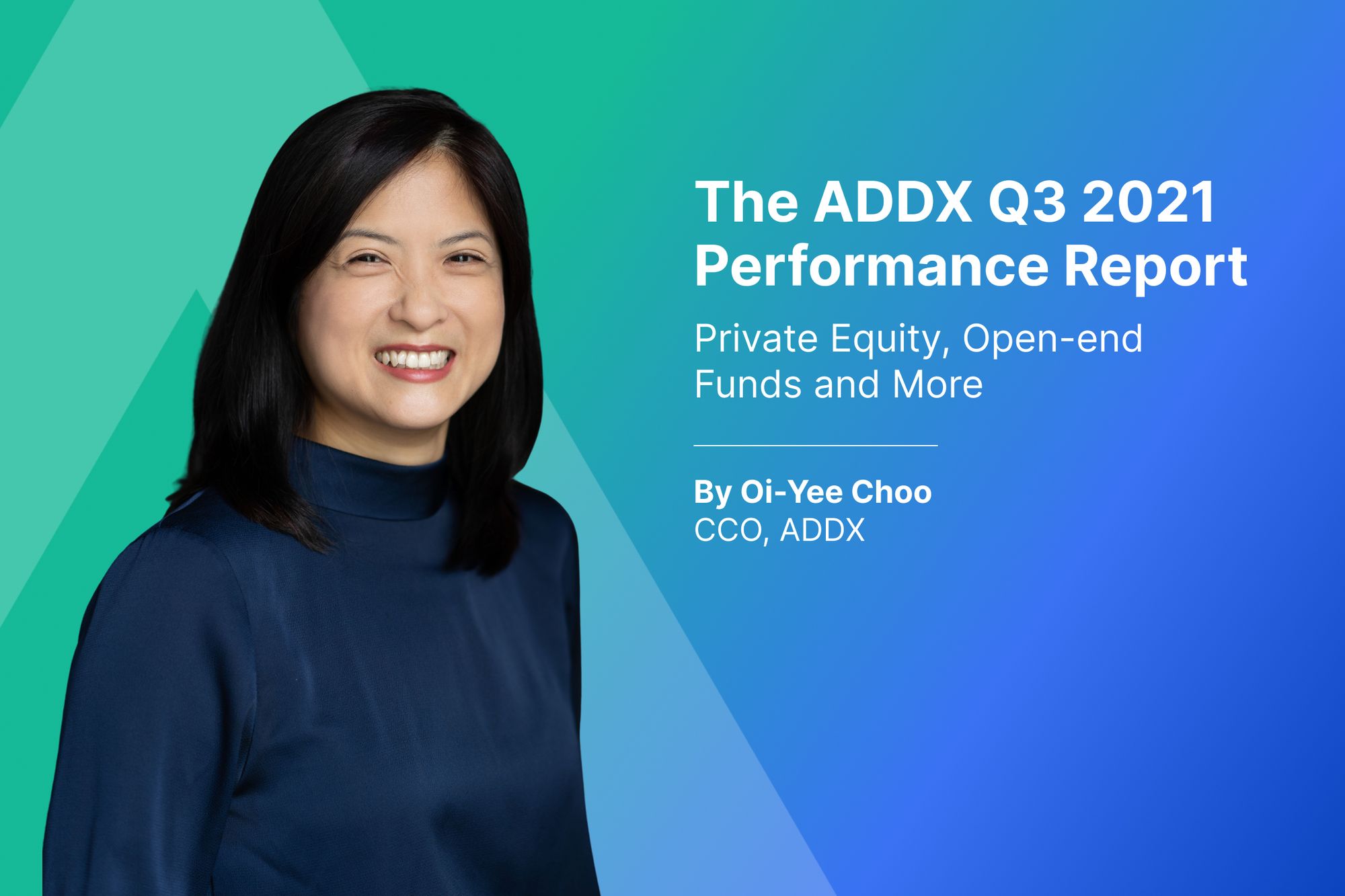Abstract
This paper summarises the initial exploration and findings of ADDX, as part of the MAS Financial Sector Technology and Innovation (FSTI) Proof-of-Concept (PoC) Grant, on the topic of blockchain interoperability. It focuses mainly on asset interoperability and goes in detail on the experimentation done by ADDX for our own specific use case (digital token exchange platform). The paper further identifies asset interoperability issues from a regulated practitioner’s standpoint and provides some thoughts about how to overcome them.
Executive Summary
Blockchain technology, while in its nascent phase, is maturing at a fast pace. The technology is often lauded for providing distinct advantages over traditional centralised databases, most notably due to blockchain’s distributed architecture, which allows many participants to join the network via nodes (could be public or private in nature). Blockchains by design provides resilience, security and immutability that its supporters believe guarantees the protection of its users’ personal data (e.g. identity) as well as their hosted digital assets.
As more parties begin experimenting with blockchain technology for real-world use cases, such as in supply-chain, healthcare and capital markets, it led to the need for a heterogenous ecosystems of available blockchains, with each serving different and distinct use cases for different stakeholders.
While having different blockchains for different use cases is beneficial for innovation in the space, each blockchain has its own limitations; such as security risks, transaction throughput limits, and limited user base. Furthermore, some projects have requirements that are just not feasible to implement on a single blockchain. As such, it has become evident that there is a need to provide for interoperability between blockchains in order to explore synergies between different solutions as well as creating new and exciting use cases.
ADDX, a digital token exchange platform, designed to administer, create, and trade digitised security tokens, was built using a private blockchain, making it inherently a closed system, which potentially limits the growth plans of ADDX. In view of this, ADDX is looking to investigate how blockchain interoperability solutions - in particular side chains, can help overcome this obstacle. ADDX intends to build a token bridge to connect our permissioned private blockchain to the Ethereum Mainnet (public blockchain) to explore how we can increase transparency of transactions and also allow community-driven growth of our platform functionalities by leveraging the innovation of open source projects that thrive on Ethereum.
Contents
01 | Executive Summary
02 | Introduction
2.1. ADDX: Your entry to private market investing
2.2. Background
2.3. ADDX Private Blockchain
2.4. Challenges
03 | Proof of Concept: Asset Interoperability
3.1. Blockchain (Asset) Interoperability
3.2. Sidechains/Relays
3.3. Objective and Scope
3.4. Methodology
3.5. Token Bridge Overview
3.6. Design and Architecture
3.7. Bridging assets from ADDX to Ethereum and back
04 | Lessons Learnt
4.1. Degree of Decentralisation
4.2. Technological Feasibility
4.3 Regulatory Considerations
05|Conclusion
5.1. Outcomes
5.2. Commercialisation
5.3. Other Applications
5.4. Further Areas of Research
06 | Glossary
07 | Appendix
Exhibit A. Token Bridge Sequence Diagram
ADDX is your entry to private market investing. It is a proprietary platform that lets you invest from USD 10,000 in unicorns, pre-IPO companies, hedge funds, and other opportunities that traditionally require millions or more to enter. ADDX is regulated by the Monetary Authority of Singapore (MAS) and is open to all non-US accredited and institutional investors.


